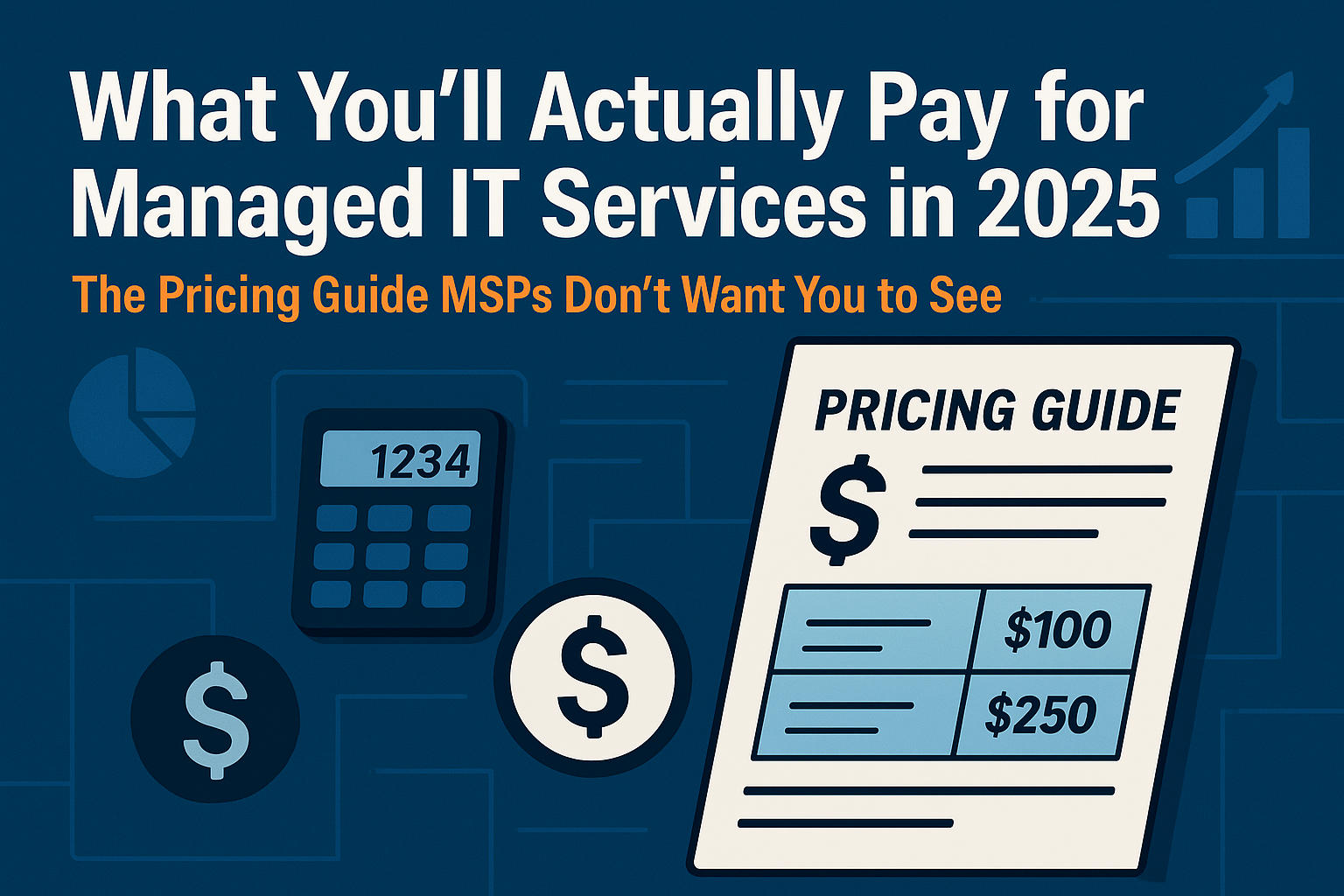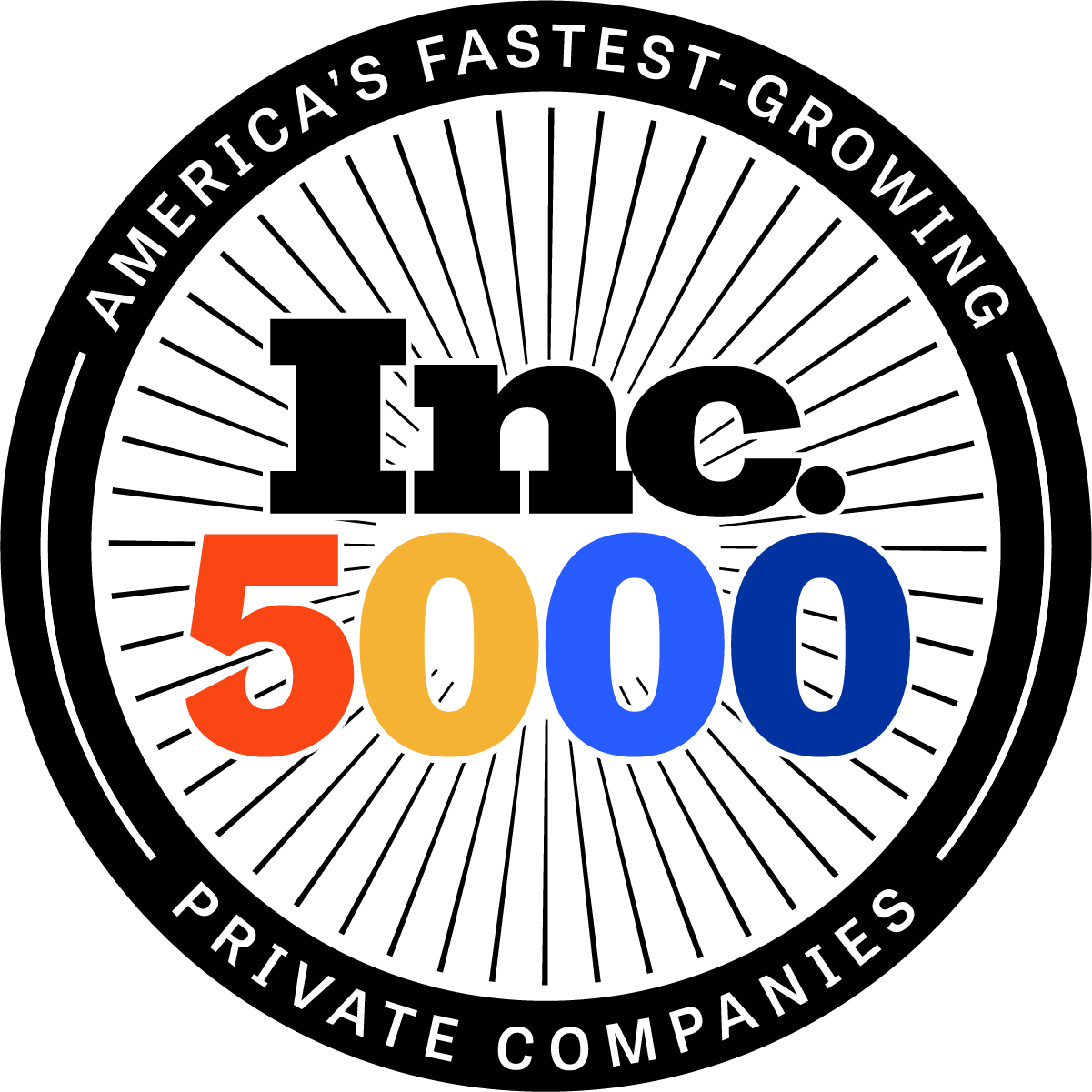By Sara Reichard
•
September 5, 2025
Artificial Intelligence has moved from experimental technology to business imperative. Organizations implementing AI solutions report productivity gains of up to 40%, yet 78% of executives cite security concerns as their primary barrier to AI adoption (McKinsey Global Institute). The challenge isn't whether to adopt AI—it's how to harness its transformative power while maintaining robust security, compliance, and operational control. At AllTech, we've witnessed firsthand how AI can revolutionize business operations when properly secured and strategically implemented. Our clients who embrace AI with the right security framework don't just stay competitive—they dominate their markets. Those who hesitate risk falling permanently behind. This whitepaper outlines a practical framework for secure AI adoption that transforms AI from a security liability into a strategic advantage. The AI Imperative: Why Now Is the Moment of Truth The business landscape has fundamentally shifted. According to IBM's 2024 Global AI Adoption Index, organizations using AI report average revenue increases of 6.4% and cost reductions of 8.2% compared to non-AI adopters (IBM). Yet this window of competitive advantage is rapidly closing as AI becomes table stakes rather than differentiator. The acceleration is undeniable. Generative AI alone has grown from experimental curiosity to mission-critical tool in less than 18 months. Microsoft reports that 91% of Fortune 500 companies now use AI in some capacity, with the fastest adopters pulling ahead by margins that become increasingly difficult to close. But speed without security creates catastrophic vulnerability. The same AI systems that process sensitive data and automate critical decisions become prime targets for sophisticated attackers. Recent research from the Cybersecurity and Infrastructure Security Agency (CISA) identifies AI systems as presenting "novel attack vectors" that traditional security controls cannot adequately address (CISA). We're at an inflection point. Organizations must simultaneously accelerate AI adoption while strengthening security posture—a challenge that requires strategic thinking, not tactical patches. The Anatomy of AI-Era Threats Traditional cybersecurity assumes human operators making deliberate decisions. AI fundamentally disrupts this model by introducing autonomous systems that process vast amounts of data and make real-time decisions without human oversight. This creates three distinct categories of risk that existing security frameworks struggle to address. Adversarial AI Attacks Attackers now weaponize AI's learning mechanisms against itself. By feeding carefully crafted inputs into AI systems, threat actors can manipulate outputs, extract sensitive training data, or cause systems to behave unpredictably. Unlike traditional malware that follows predictable patterns, adversarial AI attacks adapt and evolve in real-time, making detection extraordinarily difficult. Data Poisoning and Model Theft AI systems are only as secure as their training data and underlying models. Sophisticated attackers target the data pipelines that feed AI systems, introducing subtle corruptions that compromise decision-making over time. Additionally, proprietary AI models represent significant intellectual property that becomes vulnerable when deployed without proper protection. Automation Amplification AI doesn't just process data—it amplifies both legitimate operations and security incidents. When AI systems become compromised, the scale and speed of potential damage far exceeds traditional breaches. A compromised AI system can make thousands of harmful decisions per second, turning what might have been a contained incident into an organization-wide catastrophe. The financial impact is staggering. Organizations experiencing AI-related security incidents report average costs 23% higher than traditional breaches, with recovery times extending significantly due to the complexity of understanding and reversing automated decisions. Architecting the Solution: The AllTech AI Security Framework Secure AI adoption requires rethinking security architecture from the ground up. Traditional perimeter defense and endpoint protection, while still necessary, are insufficient for AI-driven environments. Success demands an integrated approach that secures data, models, and decision-making processes simultaneously. Foundation Layer: Secured Infrastructure Every AI implementation begins with robust infrastructure security. Our AllTech Endpoint Pro Suite provides the foundation by ensuring every system participating in AI workflows maintains consistent security posture. Real-time monitoring detects anomalous behavior that might indicate AI system compromise, while automated response capabilities can isolate affected systems before damage spreads. The platform's behavioral analysis capabilities prove particularly valuable in AI environments, where legitimate system behavior can appear unusual to traditional monitoring tools. By establishing baselines for AI system behavior, our security operations center can distinguish between normal AI operations and potential security incidents. Data Governance and Protection AI systems consume and generate enormous amounts of sensitive data. Our AllTech Secure File Share platform, powered by Egnyte, provides enterprise-grade data governance with built-in AI-aware security controls. The platform automatically classifies and protects sensitive data used in AI workflows, ensuring compliance with privacy regulations while enabling legitimate AI operations. Advanced data loss prevention capabilities monitor AI systems for attempts to extract or exfiltrate training data, while granular access controls ensure that AI systems can only access data necessary for their specific functions. When AI systems require external data sources, secure collaboration features enable controlled data sharing without exposing internal systems. Identity and Access Management AI systems require new approaches to identity and access management. Traditional user-based access controls don't adequately address machine-to-machine authentication or the dynamic access patterns typical of AI workflows. Our AllTech User Protection Suite extends beyond human users to provide comprehensive identity management for AI systems. Multi-factor authentication requirements apply to all AI system access, while adaptive access controls adjust security requirements based on the sensitivity of data being processed and the specific AI operations being performed. Real-time monitoring tracks all AI system authentication events, providing complete audit trails for compliance and security investigations. Continuous Monitoring and Response AI systems operate autonomously, making continuous monitoring essential rather than optional. Our AllTech Compliance Manager provides real-time visibility into AI system behavior, automatically flagging deviations from expected patterns and triggering investigation workflows when necessary. The platform's compliance automation capabilities extend to AI-specific regulatory requirements, automatically generating documentation that demonstrates responsible AI practices and security controls. This proves particularly valuable as AI regulations continue evolving and auditors increasingly focus on AI governance. The Tangible Outcomes: Measurable Business Value Organizations implementing our AI security framework consistently achieve four critical outcomes that directly impact business performance and competitive positioning. Risk Reduction Without Innovation Compromise Traditional security approaches often create friction that slows AI development and deployment. Our framework eliminates this false choice by building security into AI workflows rather than bolting it on afterward. Clients report 60% faster AI project deployment times while simultaneously achieving stronger security posture. The key lies in automated security processes that operate transparently alongside AI systems. Security becomes an enabler rather than an impediment, allowing organizations to iterate rapidly while maintaining enterprise-grade protection. Enhanced Productivity Through Intelligent Automation Our AllTech Automation & Intelligence Tools leverage AI to enhance security operations themselves. Machine learning algorithms analyze security events in real-time, reducing false positives by 75% while increasing threat detection accuracy. Security teams spend more time on strategic initiatives rather than manual alert triage. This creates a virtuous cycle where AI improves security, which in turn enables more confident AI adoption across the organization. The result is accelerated digital transformation with reduced security overhead. Fortified Compliance in Dynamic Environments AI introduces new compliance challenges as regulations struggle to keep pace with technological capabilities. Our framework provides continuous compliance monitoring that adapts to evolving requirements without requiring manual policy updates. Automated documentation generation ensures that organizations can demonstrate compliance with current regulations while building foundation for future requirements. This proves particularly valuable for organizations operating in heavily regulated industries where AI adoption must balance innovation with strict compliance obligations. Business Resilience Through Intelligent Recovery Our AllTech Business Continuity Suite incorporates AI-aware backup and recovery processes that understand the unique requirements of AI systems. When incidents occur, recovery procedures account for AI model integrity, training data consistency, and decision audit trails. This comprehensive approach to resilience ensures that AI systems can be restored to known-good states quickly and completely, minimizing business disruption while maintaining the integrity of AI-driven processes. Strategic Implementation: Your Path Forward Successful AI adoption requires careful orchestration of technology, process, and organizational change. The most successful implementations follow a deliberate progression that builds capability while managing risk. Phase One: Foundation and Assessment Begin by establishing comprehensive visibility into current AI usage across your organization. Many executives discover that AI adoption is already occurring in shadow IT environments, creating unmanaged risk. Our assessment process identifies existing AI implementations, evaluates their security posture, and creates baseline metrics for improvement. Simultaneously, implement core security infrastructure that will support AI workloads. This includes endpoint protection, identity management, and data governance capabilities that form the foundation for more advanced AI security controls. Phase Two: Controlled Deployment Select initial AI use cases that provide clear business value while operating in controlled environments. Common starting points include customer service automation, document processing, and internal productivity tools. These applications provide learning opportunities while limiting potential impact from security incidents. Deploy AI-specific security controls alongside these initial implementations. This includes behavioral monitoring for AI systems, specialized access controls, and compliance documentation processes. The goal is building organizational experience with AI security before expanding to more critical applications. Phase Three: Scale and Optimization As confidence and capability grow, expand AI deployment to more critical business processes. This phase focuses on optimizing security controls based on operational experience while scaling infrastructure to support increased AI workloads. Advanced capabilities like automated threat response and predictive security analytics become valuable at this stage, providing the sophisticated protection required for mission-critical AI systems. Your Strategic Next Step The organizations that thrive in the AI era will be those that master the integration of innovation and security. This isn't about choosing between speed and safety—it's about building the capabilities that enable both simultaneously. The window for gaining competitive advantage through AI is narrowing rapidly, but the window for implementing AI securely remains open. Organizations that act decisively now can establish dominant positions that become increasingly difficult for competitors to challenge. The question isn't whether AI will transform your industry—it's whether you'll lead that transformation or be disrupted by it. With the right security framework, AI becomes your competitive weapon rather than your greatest vulnerability. About AllTech IT Solutions AllTech is a leading provider of integrated IT management and cybersecurity solutions. We partner with businesses to transform their technology from a liability into a strategic asset, delivering robust security, operational efficiency, and a clear path to compliance. Our expert team leverages best-in-class platforms to build proactive and resilient technology environments. Take the Next Step Ready to fortify your defenses and turn your security posture into a competitive advantage? See how AllTech's strategic approach can be tailored to your unique business challenges. Contact our cybersecurity strategists today for a complimentary security consultation. Email: Sales@AllTechSupport.com Phone: 205-290-0215 Web: AllTechSupport.com Works Cited CISA. "Artificial Intelligence Security Guidelines." Cybersecurity and Infrastructure Security Agency, 2024, www.cisa.gov/ai-security-guidelines . IBM. "Global AI Adoption Index 2024." IBM Institute for Business Value, 2024, www.ibm.com/thought-leadership/institute-business-value/en-us/report/ai-adoption . McKinsey Global Institute. "The Age of AI: Artificial Intelligence and the Future of Work." McKinsey & Company, 2024, www.mckinsey.com/featured-insights/artificial-intelligence .










